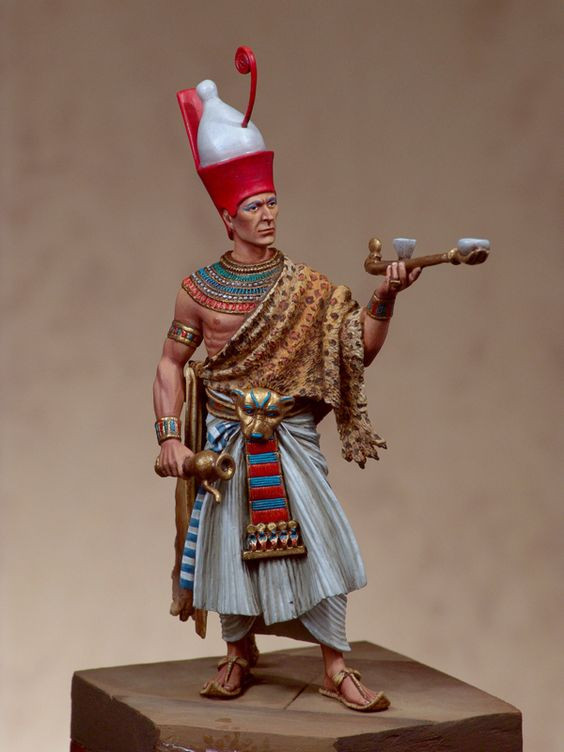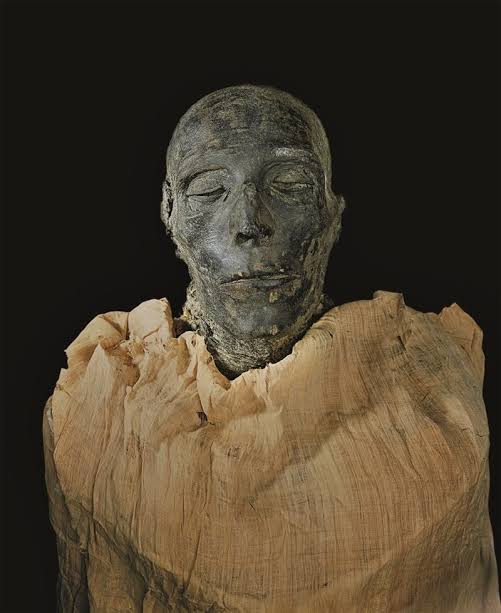A Glimpse into Ancient Egypt’s Golden Age
The recent digital reconstruction of Pharaoh Seti I’s face has offered an unprecedented look into the past, revealing the visage of one of ancient Egypt’s most influential rulers. Seti I, who reigned from 1294 or 1290 BCE to 1279 BCE, left an indelible mark on Egyptian history, and now we can see him as his subjects might have.

Restoring Egypt’s Glory
Seti I ascended to the throne during a pivotal time in Egyptian history. Following the tumultuous reign of Akhenaten, Seti I, along with his predecessors, worked tirelessly to restore stability and traditional religious practices. His efforts ushered in a renaissance of cultural and economic activity, earning him a place among Egypt’s most revered pharaohs.

A Warrior and a Builder
Known for his military prowess, Seti I embarked on numerous campaigns to reclaim territories in Canaan and Syria. His victories are immortalized in grand scenes at the Karnak temple complex. But Seti I wasn’t just a warrior; he was also a prolific builder. His architectural legacy includes the ethereal Abydos Temple and his funerary temple at Qurna.

The Royal Family
Seti I’s family played a crucial role in his reign. His main consort, Tuya, bore him three children: Tia, Ramesses II, and Henutmire. Ramesses II, who would later succeed his father, may have served as co-regent. The family’s structure reflects the strategic marriages common in ancient Egyptian royalty.
Divine Titles and Earthly Deeds
Seti I’s many titles reflect his divine associations and royal duties. His Horus name, “Kanakhte-Khaemwaset Seankhtawy,” meaning “Strong Bull, Who Appears in Thebes and Sustains the Two Lands,” emphasizes his role as Egypt’s protector. These titles underscore the religious and cultural significance of his reign.
A Legacy Unveiled
Although Seti I’s fame has been somewhat overshadowed by his son Ramesses II, his reign was well-documented and revered. The digital reconstruction of his face allows us to connect with this ancient ruler in a profoundly personal way, bridging the gap between past and present.

As we gaze upon the digitally reconstructed face of Seti I, we’re reminded of the enduring legacy of ancient Egypt. This technological marvel not only enhances our understanding of one of history’s most fascinating periods but also underscores the importance of preserving and studying ancient artifacts. Through such efforts, the rich history of pharaohs like Seti I continues to captivate and educate us, thousands of years after their reign.

